
How to Get Started with Conservation Photography
We are remarkably fortunate to be able to travel the world in search of extraordinary wildlife, stunning landscapes, and captivating travel experiences. I believe we owe something back to mother nature in order to help protect our planet while doing what we love. Much of this comes down to the key tenets of Conservation Travel, but a huge passion of mine is to engage in Conservation Photography throughout my adventures.
But what does this really mean…to engage in Conservation Photography? Does is just mean photographing conservation-related things? Well…kinda, but let’s dive a little deeper here.
Conservation Photography is all about storytelling. This shouldn’t surprise you, because the best photography (and cinematography) centers around a great story. At its most basic level, Conservation Photography is purpose-driven storytelling that aims to educate, advocate for, and motivate action on environmental issues.
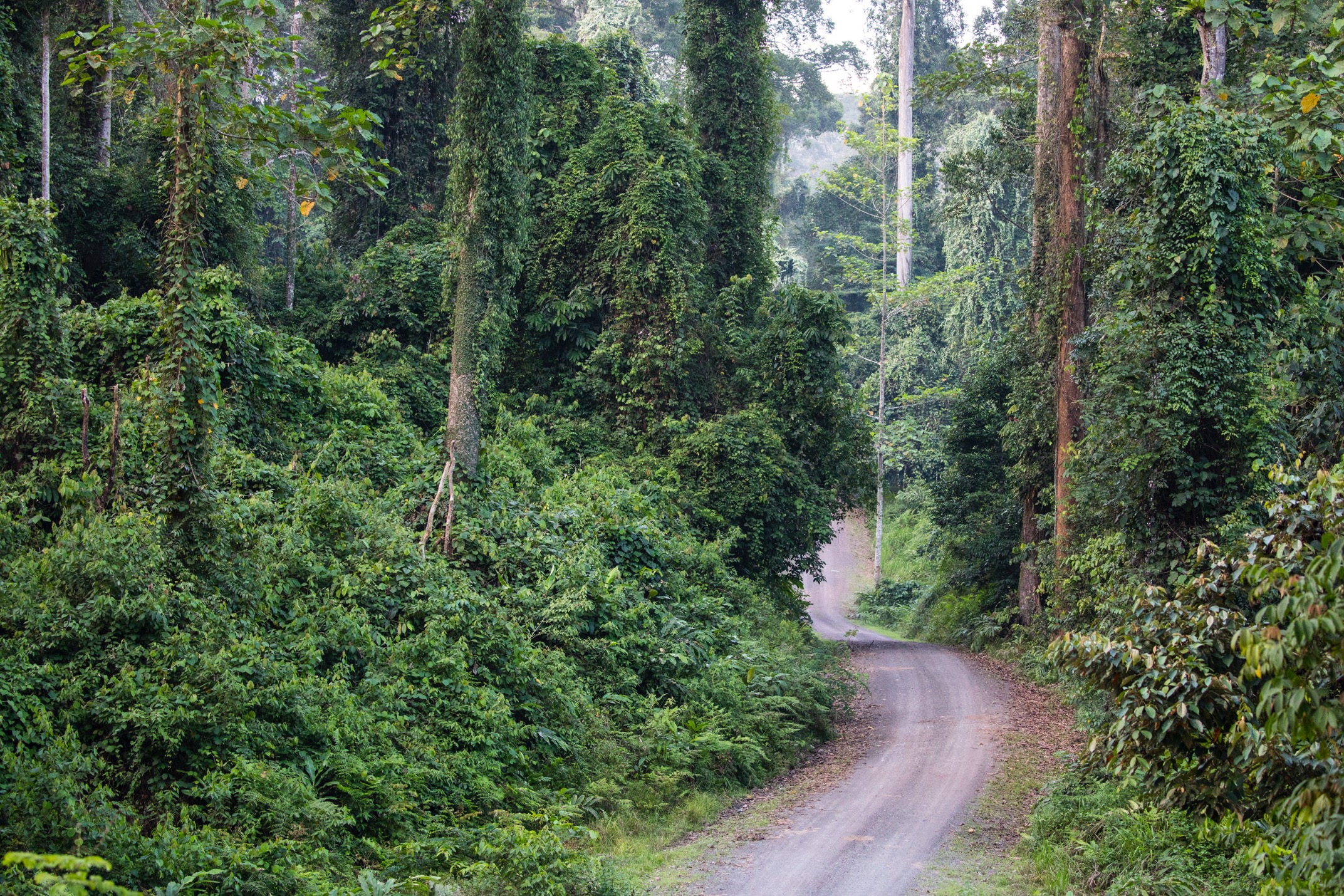
Easier said than done, right? Well, the great news is that the photographic style you are already accustomed to as a nature photographer doesn’t have to change much. It still relies on capturing dynamic, beautiful photos of wildlife, landscapes, and general travel scenes. And hopefully this website has helped you with this over the years!
The primarily difference is really about the pre-trip planning and making sure you check all the boxes to capture a full story during your nature adventure.
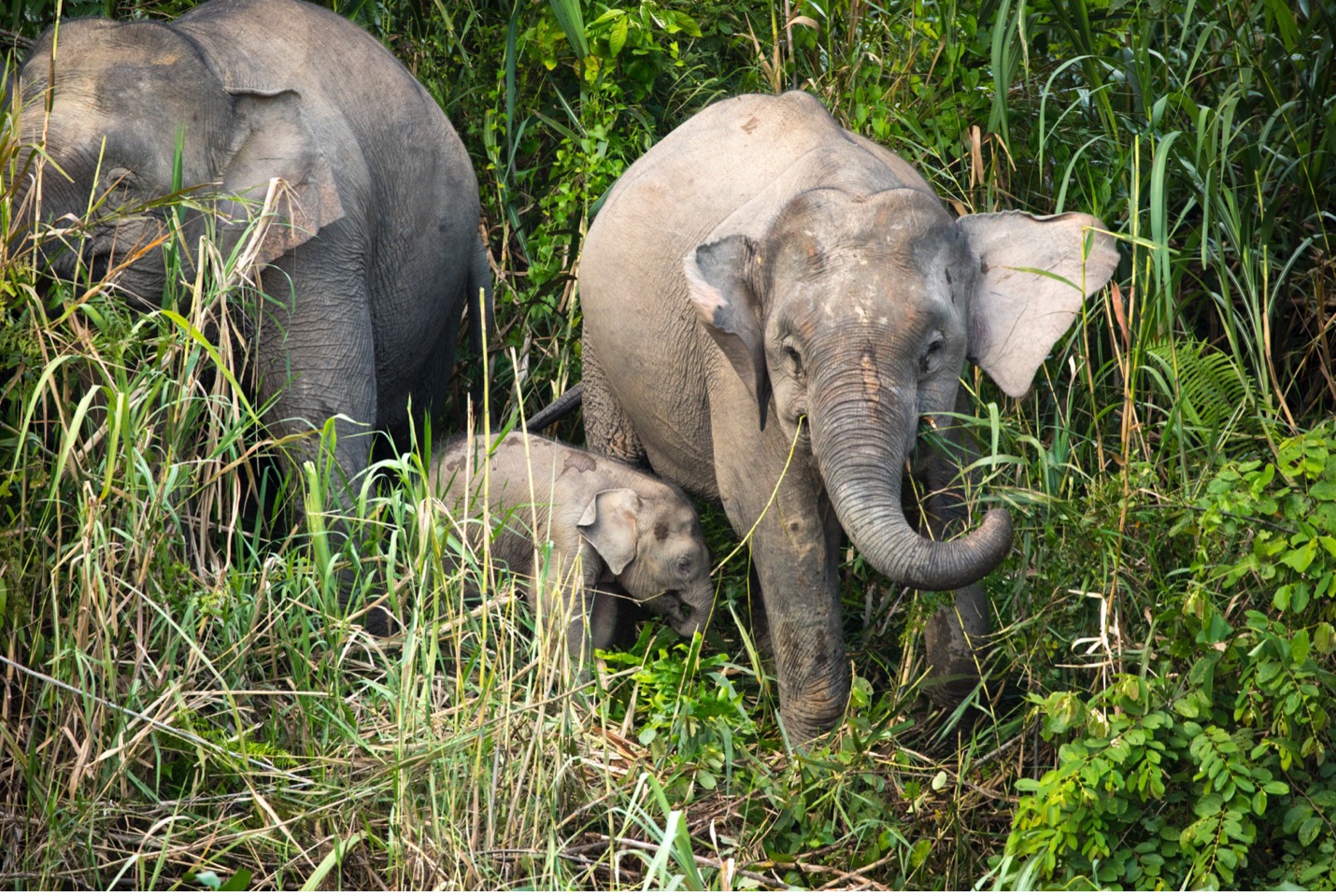
To me, the fundamentally best way to begin your journey as a conservation photographer is to identify the conservation issues you are likely to encounter while on your trip. Thus, it requires a bit of time to research and think about your photographs before you set out.
What usually goes wrong with conservation photography is just expecting to capture it as you see it on the trip. While you can of course capture interesting things that are conservation related, without the pre-planning, you are very unlikely to capture the full story.
Since we, as travelers, really only have the one shot at photographing during the trip, the pre-trip research phase of the actual conservation topics is paramount.
A simple, quick way to research and become accustomed to conservation topics related to your photo adventure is to visit an acclaimed conservation website like WWF’s www.worldwildlife.org and begin looking at the various pages based on the species environments you’re likely to encounter. Quickly you’ll realize that there are indeed applicable conservation issues to just about every biome on the planet. This isn’t a good thing in general, but it does mean that you are almost guaranteed to be able to document topics that the world is (or should be) concerned about. And the rewarding thing is that your photographs have the ability to make a difference.
As an example, say you’re headed on a Borneo photo trip soon. Read up on topics surrounding orangutans.
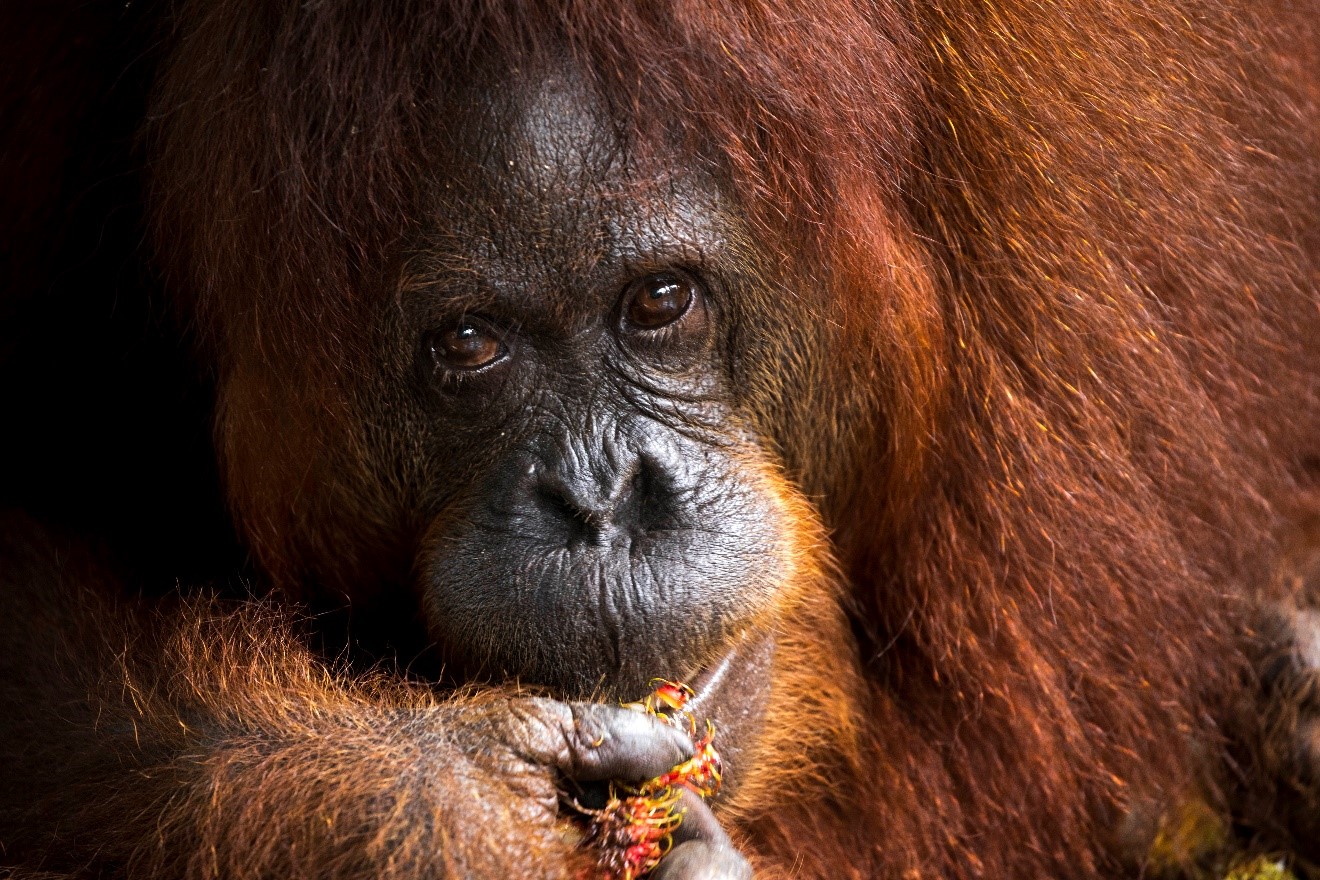
What you’ll also see, as you conduct your pre-trip research, is that there are big stories, small stories, and everything in between.
To me, the key to success is aiming for simple stories that you connect with. For instance, don’t bite off more than you can chew and expect to document the entire conservation story of orangutans. Instead, could you create a photo essay on the importance of orangutans to the ecosystem? This is absolutely conservation focused and accomplishes the goal of educating and motivating action on a species you’re likely to see.
Then, start thinking about a shot list around your topic. If you’re going with the “organgutans are important for the ecosystem” topic, you’ll soon learn that they are vital seed dispersers in the forest. Without them, many tropical plants would not have the means to disperse throughout their habitat. And who knows, had we never had orangutans on planet earth, we may not have some of the edible fruits we’ve come to know and love today. This creates a much-needed connection to wildlife, ecosystems, and human life.
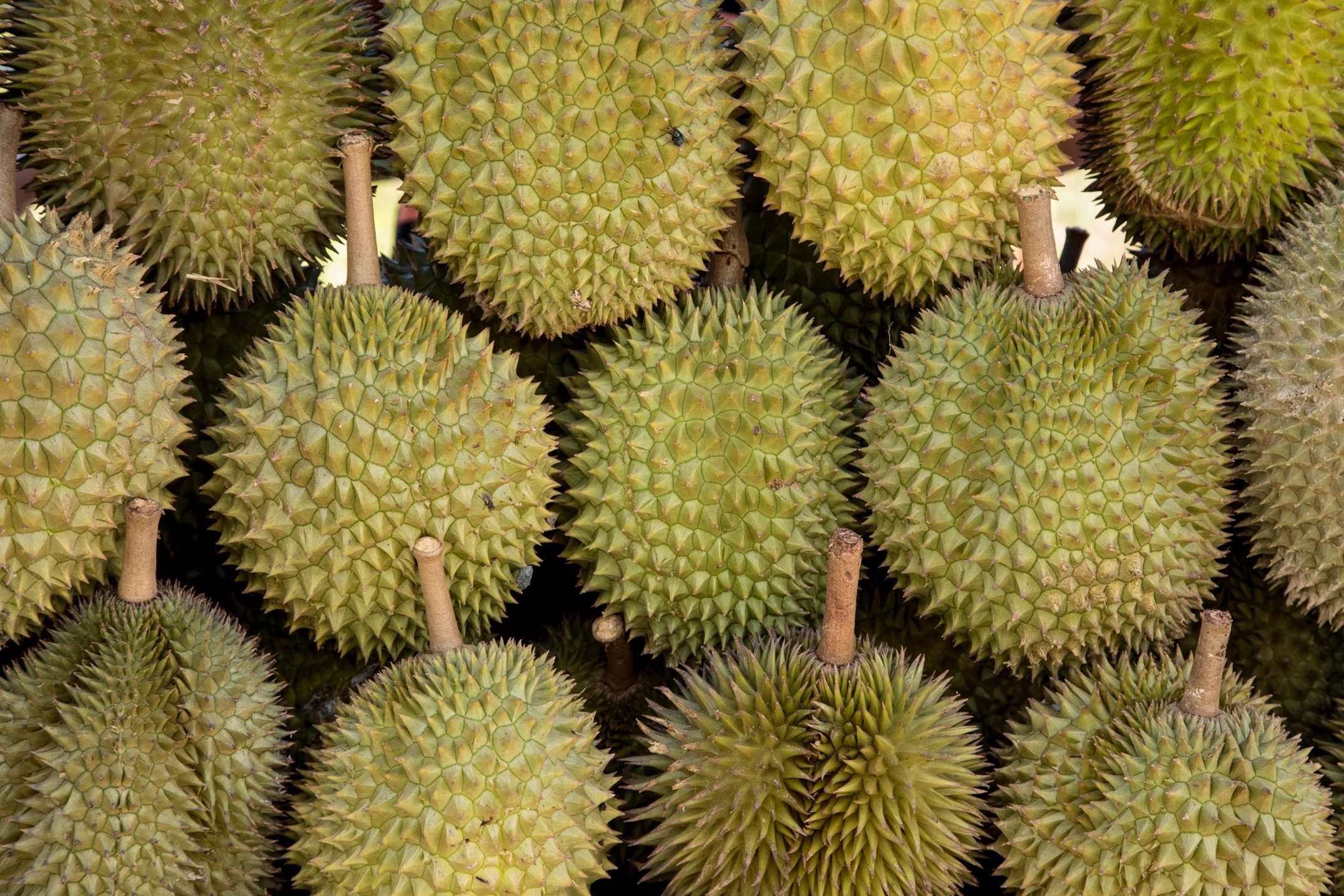
So, a shot list, based on the above, could look like this…
- Wide, medium, and tight shots of orangutans (basically just a fancy way of referencing different zoom levels…low zoom, medium zoom, and lots of zoom)
- Orangutans feeding
- Orangutans in their natural habitat (shoot as wide as you can…make the animal small)
- Rain forest flowers and fruits
- Fruits in local markets (that humans eat)
Some x-factor shots (i.e., more difficult to find) could be…
- Orangutans discarding seeds as they eat fruits
- A small tree sapling or shoot growing out of the ground
- A person eating a type of fruit found in borneo
As you can see, this is really starting to take shape of showcasing the narrative I pictured as I read up on the importance of orangutans in their environment.
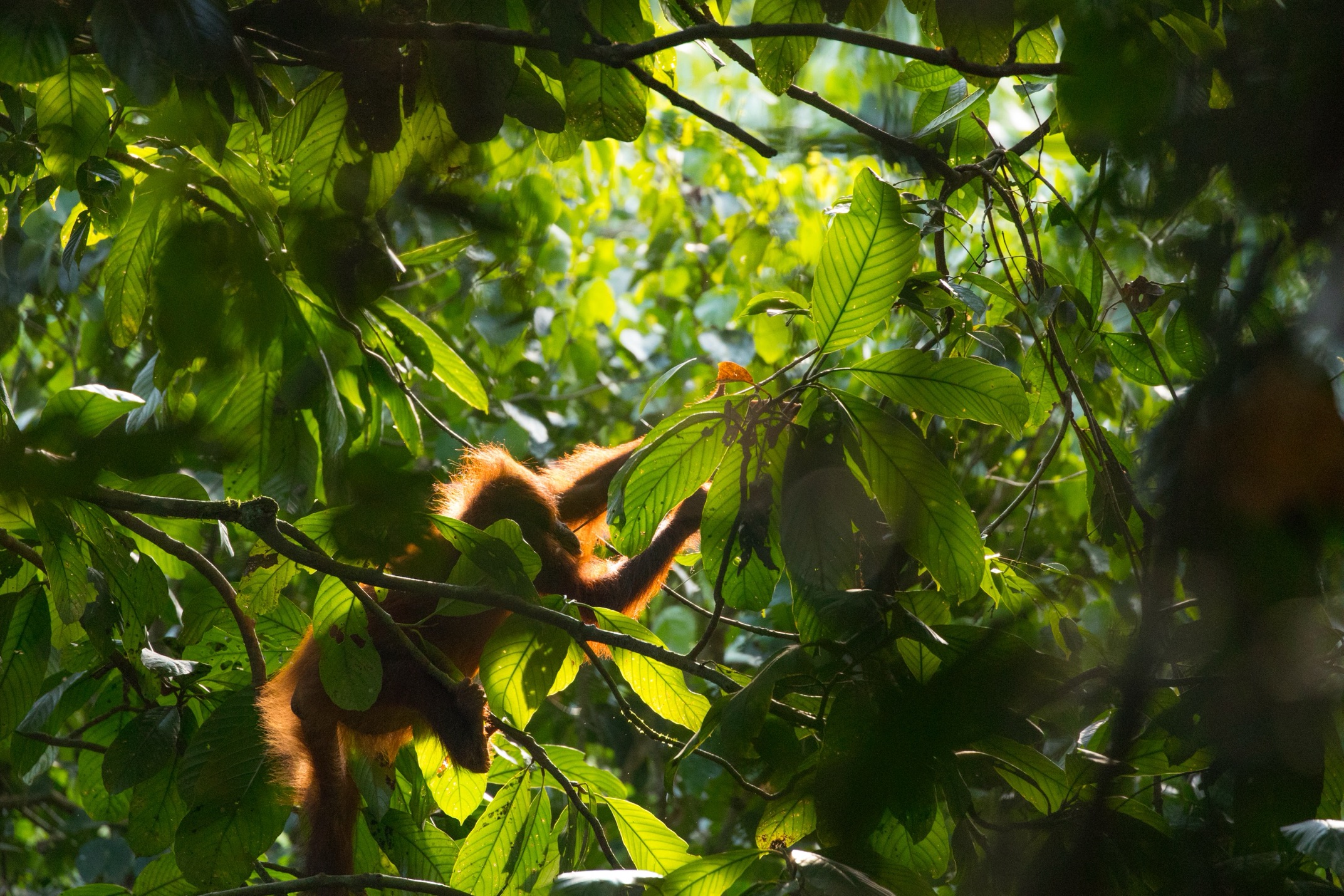
Because this article is intended to get you started I’m going to save the next steps on exactly what to do with these photos for another article. I will be writing a second, follow-up article on this, but a key point is that there are no right or wrong ways to spread the word, educate, inspire, and motivate action for conservation.
In fact, having someone tell you what to do can shortcut the creative process. But just keep in mind the methods for sharing can be as simple as a social media post or as complex and effortful as a presentation to a local photo club or conservation-minded organization. And always make sure to provide a “call to action” of what to do…visit a conservation website, learn more, share with a friend, etc. But again, more on that next time…
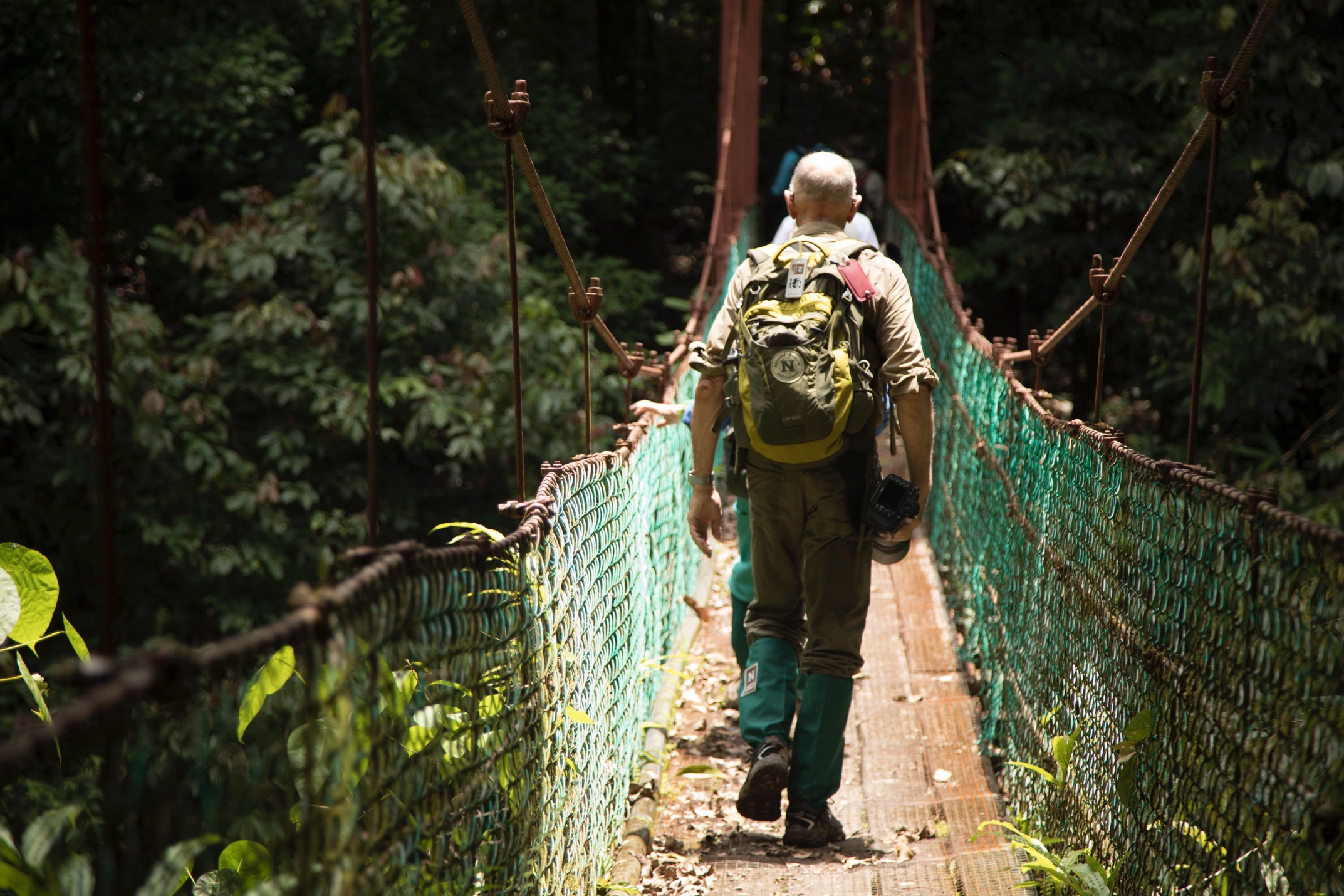
Hopefully you see that conservation photography can be as fun as it is rewarding. Having a mission while photographing nature around the world is an extraordinary way to see deeper and capture more than you would have otherwise. And I believe you will find your adventures even more rewarding when you are actively contributing to a better world for animals, all of nature, and our fellow humans alike.
Cheers!

Court
Leave a reply